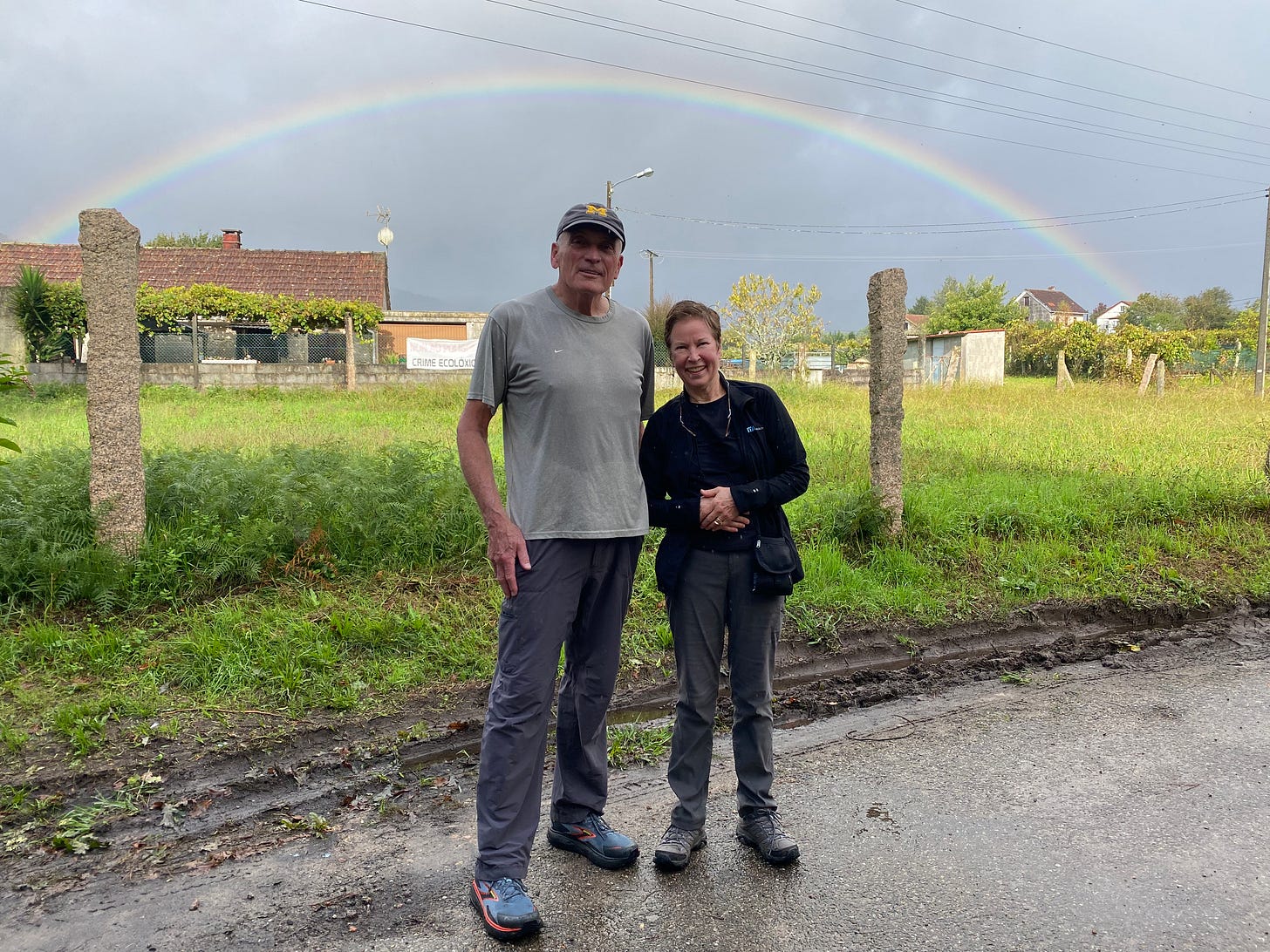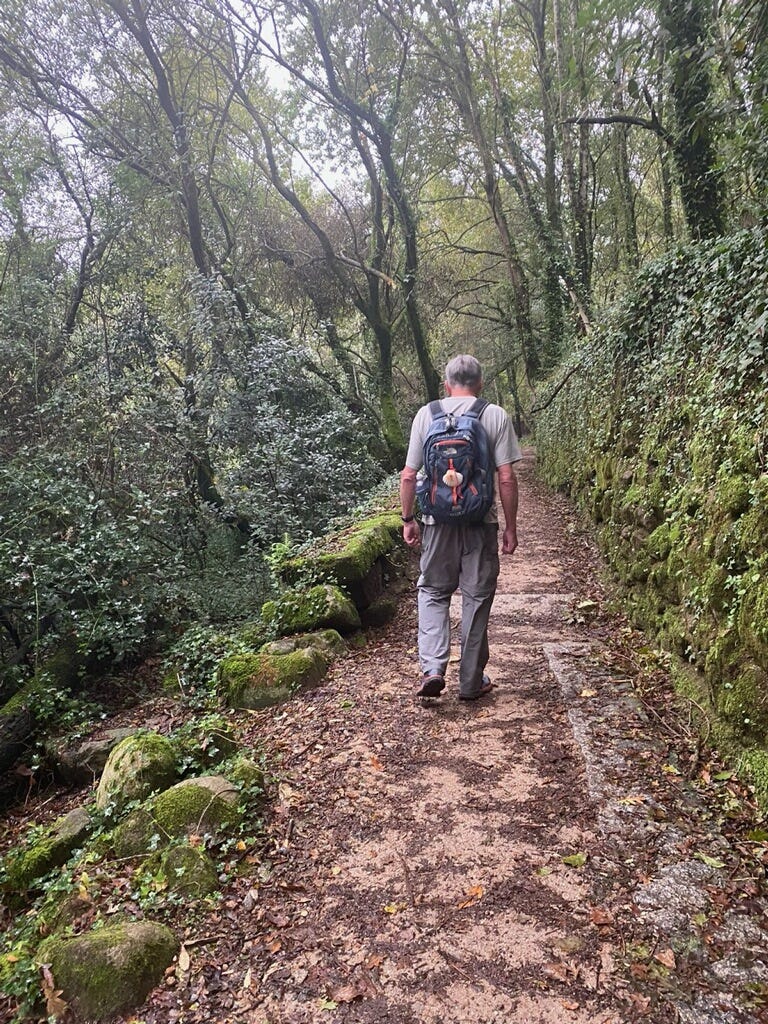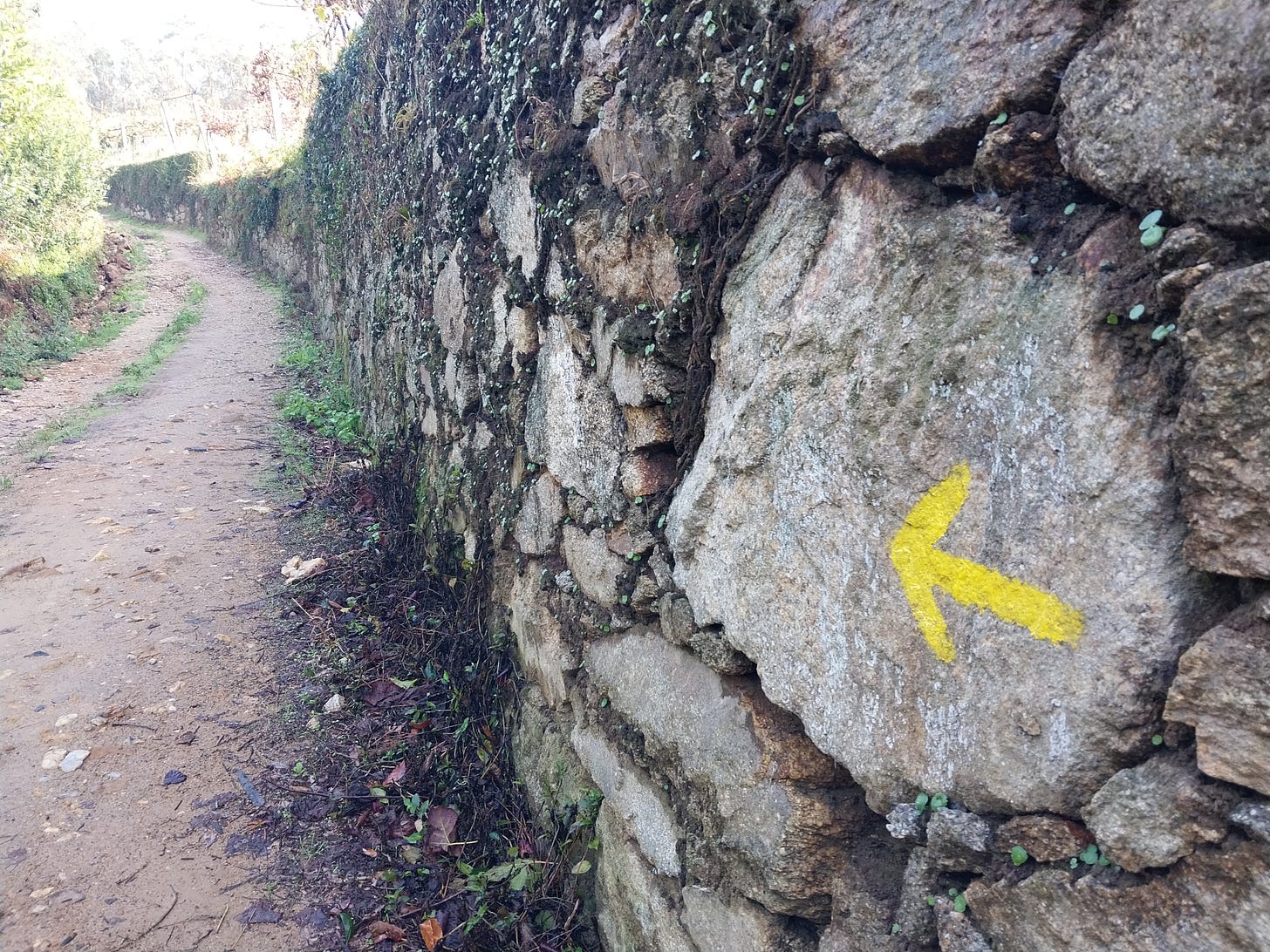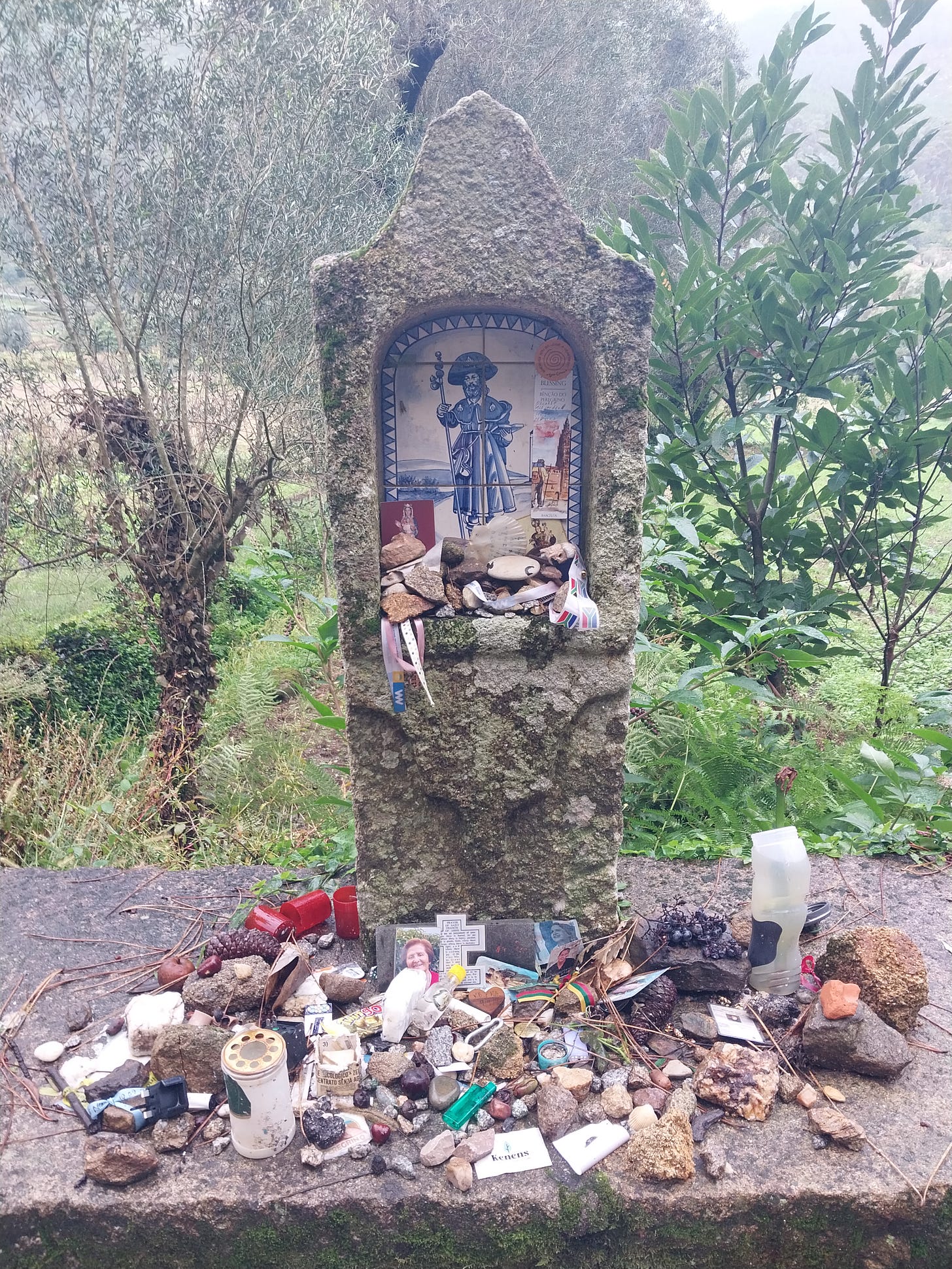The accidental pilgrim
My life of pilgrimage began by accident, but today I am an intentional pilgrim.
Not everyone who travels tries to find meaning in the experience.
Stated another way: Sometimes a vacation is simply a vacation, finding a quiet place to rest and relax, often involving warm sunshine and sandy beaches.
But other times travel can be much more. Sometimes we find meaning in the places we visit or in the people we meet along the way.
I never thought of myself as a pilgrim until early in my pastoral life when I led a group of church members on a Holy Land tour. The tour company I worked with (Imagine Tours and Travel) called our tour a “pilgrimage” —right there on the front page of the brochure—and I went along with the description, uncomfortable with the word at first, but eventually embracing it.
I was raised among Protestants who regarded much of Catholic teaching and practice with suspicion and derision. And pilgrimage, I’m afraid, was for us just one more example of Catholic folly, walking someplace in a vain attempt to earn God’s favor. What a joke.
But somewhere on that first Holy Land tour, with thirty-three church members, I discovered that I liked pilgrimage and almost everything about it.
Before setting out that first time, I would have described myself as an accidental pilgrim. And then, slowly, over time, I became an intentional pilgrim, going places and looking not just for warm sunshine but for something more. I led several more pilgrimages with church members to places like Israel, the West Bank, Egypt, Jordan, Greece, Turkey, and even Scotland. And then I decided to try going alone, without a tour bus, without all the hassle and headache of shepherding western tourists around holy sites.
A few days ago, I returned from my second Camino pilgrimage. The first time, in the 2019, I walked 500 miles across northern Spain, using the route known as the Camino Frances. In October, I walked the Portuguese Camino, the central route, a far shorter distance, but one (I am happy to report) with no less meaning. And, as always with my pilgrimage experience, I am still sorting and processing my experience. I learned a great deal about myself, far more than I expected.
I started in Porto, Portugal, after a day of rest to recover from the long flight, and I ended in Santiago de Compostela, Spain, where all Camino routes end, at the famous cathedral, where the remains of Saint James may or may not be buried.
As I walked, I met people, fellow pilgrims, from all over the world. We talked as we walked, but we also talked over breakfast in the mornings and over dinner in the evenings. We asked about each other and our backgrounds and our motives for walking. (As it turns out, less than a third of pilgrims claim a religious motivation.)
One mother-daughter pair was walking with an urn full of ashes, which they scattered at various points along the way. The ashes, I learned, were the remains of a husband and father. A couple from the US, retired military, were walking as a way to sort out 30 years given in service to country, often in tours of duty in combat zones or waiting anxiously at home for a partner to return. Still another group of walkers, a family from Germany, was walking as a way to be together during fall break. (To my delight, they complimented me on my attempts to speak German with them.)
In pilgrimage I have learned a new way to be curious about the world, my fellow travelers, and myself. I always return with discoveries that need to be sorted and processed.
I have a new book about travel—my eighth, if you can believe it—set for publication early in the new year. It’s partly about pilgrimage, of course, but also several other kinds of travel, including mission trips. And though the book is finished, and I am proud of it, I find that I am not finished with discovery, with finding new ways of seeing the world. I hope to keep setting out and going places and meeting people for as long as I am able.
But for now at least I am glad to be home.
Photos: (top) My dear friend of more than 50 years, Mary Talen, joined me at the halfway point and walked the rest of the journey with me. (next) Sometimes the path was in rural areas, but other times I trudged through towns and villages. (yellow arrow) Along the way are dozens, maybe hundreds, of yellow arrows pointing the way. (bottom) Impromptu shrines along the way provide places for pilgrims to stop, pray, and leave something of themselves.








Thank you for sharing. I would love to do the Camino and now I will have a new book about pilgrimage to help me prepare for it!
Sounds amazing! Welcome home